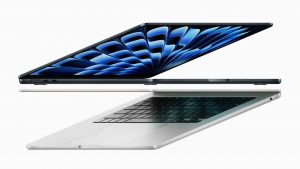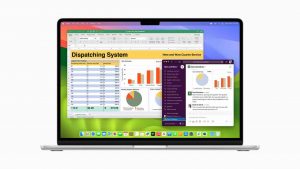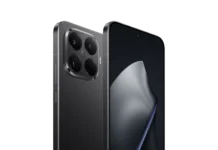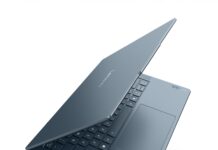Transitioning From PC to MAC
Powered by the 15-inch MacBook Air with M3 chip

As a dedicated PC user, the transition to Apple’s macOS was not easy. My decision was driven by the introduction of the MacBook Air 15-inch with an M3 chip, finished in the compelling Midnight colour. This model stands out not only for its aesthetic appeal but also for its enhanced durability against fingerprints, thanks to a new anodization process.
The MacBook Air retains a light and thin profile despite its larger display, balancing portability with a generous 15-inch Liquid Retina display. This screen is not just larger but noticeably more vibrant and responsive, thanks to its high brightness and adaptive refresh rate capabilities. The visual experience is especially pronounced when compared to traditional PC laptops, including those equipped with an Intel Core i7 processor.
![]()
Under the hood, the MacBook Air with the M3 chip provides a significant performance boost—up to twice the speed of comparable high-end PC laptops. This is evident in operations from web browsing, which is up to 50% faster, to more intensive applications that benefit from the longer battery life, up to 40% greater than its PC counterparts. The integration of macOS with the M3 chip results in a seamless and intuitive user interface that enhances productivity.
One of the standout features of macOS is its seamless ecosystem integration. AirDrop, for example, simplifies the transfer of files between Apple devices without the need for cables or complex settings, a stark contrast to the often cumbersome PC processes.

The 1080p FaceTime HD camera offers clarity and detail for video calls, supported by a three-microphone array that ensures clean audio capture. This setup is complemented by an immersive sound system featuring Spatial Audio and Dolby Atmos support, which transforms the MacBook Air into a multimedia powerhouse.
MacOS widgets provide immediate, at-a-glance access to information such as weather and news, reflecting the thoughtfulness behind Apple’s user interface design. Additionally, AI capabilities embedded within the M3 chip, like real-time speech-to-text conversion, streamline routine tasks, setting a new standard for what I expect from a laptop’s operational efficiency. Exploring the gaming capabilities of macOS with “Honkai Impact 3rd Part 2” on the MacBook Air was revelatory.

The game’s intricate graphics and demanding gameplay were handled with ease by the M3 chip, demonstrating that macOS can indeed compete in a domain traditionally dominated by PCs. This experience was markedly enhanced by the laptop’s display and battery life, which allowed for extended gaming sessions without the need for constant recharging.
We say: The laptop’s design, combined with the powerful capabilities of macOS, not only met but exceeded my expectations
in terms of performance, usability, and integration.
Rating 4.5/5
From S$1,899
apple.com/sg
TECHNICAL SPECIFICATIONS
Operating System macOS
Apple M3 chip 8-core CPU with 4 performance cores and 4 efficiency cores, 10-core GPU, Hardware-accelerated ray tracing, 16-core Neural Engine, 100GB/s memory bandwidth Media Engine Hardware-accelerated H.264, HEVC, ProRes and ProRes RAW, Video decode engine, Video encode engine, ProRes encode and decode engine, AV1 decode engine Display 15.3-inch (diagonal) LED-backlit display with IPS technology;1 2880×1864 native resolution at 224 pixels per inch, 500 nits brightness
Memory 8GB unified memory, Configurable to 16GB or 24GB
Storage 256GB SSD, Configurable to 512GB, 1TB or 2TB
Weight 1.51kg








